A rice color sorter machine is an automated, industrial-grade piece of equipment for sorting and separating different rice grains. The machine scans each grain and automatically recognizes it based on its color, shape, size, and other characteristics.
How does a rice sorter work?
A rice sorter uses an advanced optical sorting system that employs color, size, shape, texture, and other characteristics to distinguish between different types of rice. The grain color sorter utilizes cameras that simultaneously analyze the individual grains and a powerful LED light source for illumination. LED lights illuminate while cameras scan rice grains passing through the rice color sorter. The cameras identify the differences in color, size, and other characteristics, and then a computer-controlled mechanism sorts the grains. Once sorted, the grains are ejected into individual containers based on the detected color.
Why is a rice sorter important?
A rice sorting machine increases quality and consistency while reducing waste and creating a better product for the consumer. A grain color sorter machine can help remove broken and discolored grains and debris that may have gotten into the mix during harvesting or storage. A color sorter reduces labor costs by eliminating manual, time-consuming, and expensive manual sorting. A color sorter machine sorts faster and more accurately than humans, increasing efficiency. Additionally, it helps to reduce rejects, which saves money on raw materials and improves overall product quality.
How to use a rice sorter
Fill the grain sorting machine with the type of grain you want to sort. Adjust the settings according to the desired output. The color sorting machine can also be programmed to allow for more specific sorting criteria. Turn on the machine and let it separate the different grain colors. Choose the exact shades of grains you want to keep or discard. Once sorting is complete, the grains are automatically moved into the appropriate containers. You can easily collect them in bags or bins for further processing or packaging.
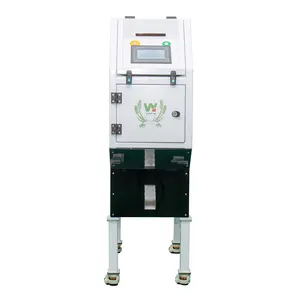












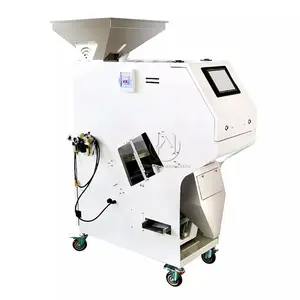




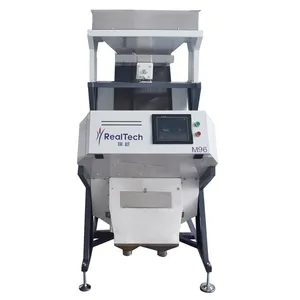

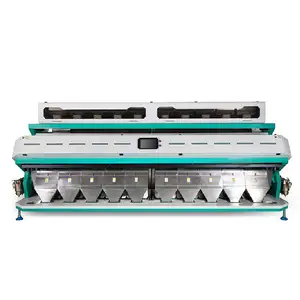
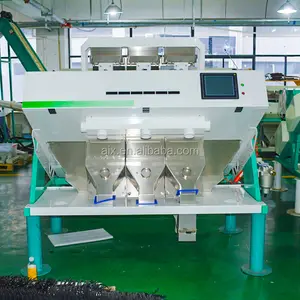
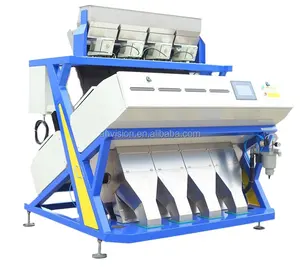
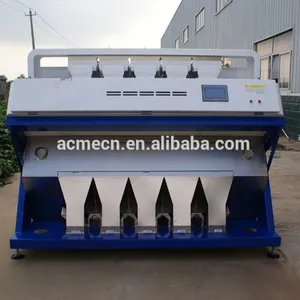

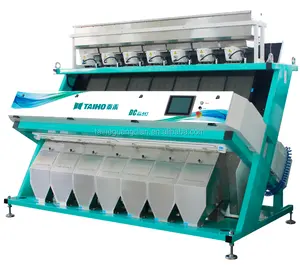




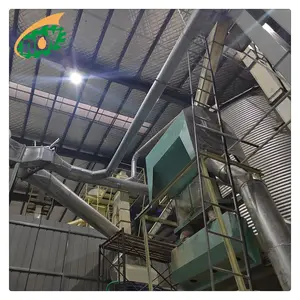

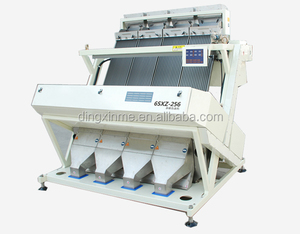

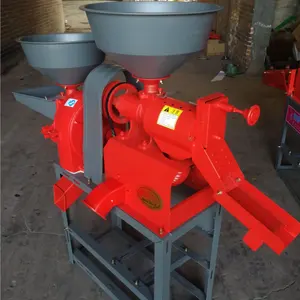
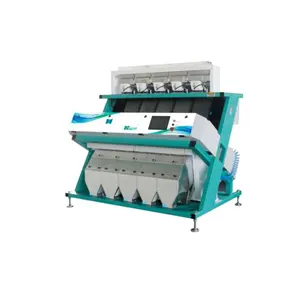



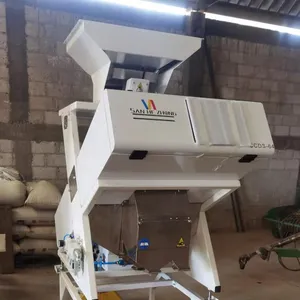


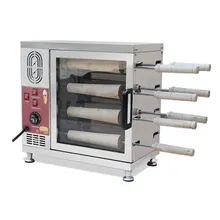

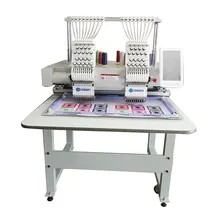


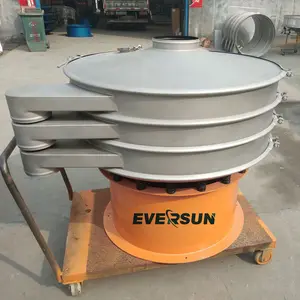


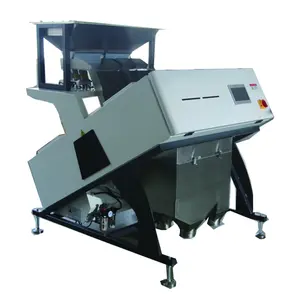
























 浙公网安备 33010002000092号
浙公网安备 33010002000092号 浙B2-20120091-4
浙B2-20120091-4